Milk

Did you know that having a tolerance to lactose (a key enzyme in milk) is less common than being lactose intolerant? Thousands of years ago, only babies were able to digest lactose. As that individual got older, they lost that ability. When cows, goats, and sheep became more reliably sourced livestock adults began to redevelop their ability to digest lactose.
Peanuts

Strangely enough, peanuts aren’t actually nuts. They’re legumes and are a part of the bean and lentil family. Peanuts are one of the most common allergies in the world. Which makes some of the unexpected uses of peanuts more dangerous than ever. Some of the strange ways peanuts are used includes thickening chili, in breakfast cereals, salad dressings, sauces, soup mixes, and even cake icing.
Tree Nuts
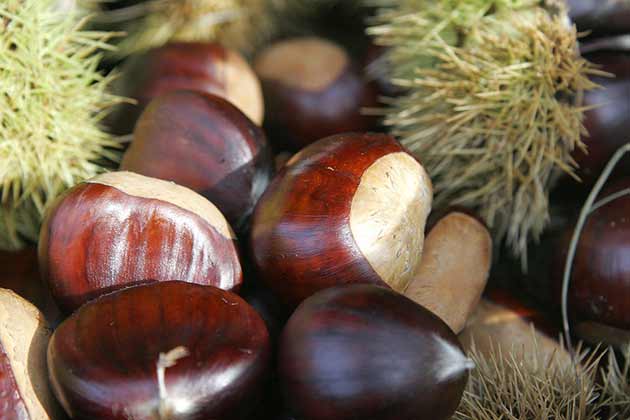
What’s the main difference between tree nuts and peanuts? You guessed it! Tree nuts grow on trees! A nut by definition is a shell-covered fruit of a plant or tree. Yes, that means a coconut is a tree nut. But, confusingly enough, not all tree nuts are nuts. Some tree nuts are drupes. Drupes are seeds covered in a three-layer shell. Some examples of drupes include pistachios, almonds, and even peaches.
Eggs
Soybeans
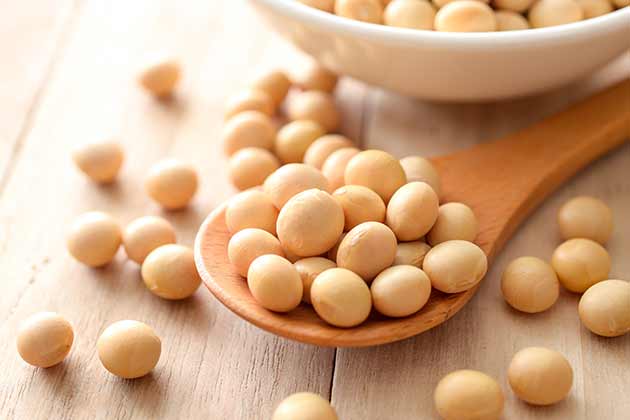
Soybeans are a member of the legume family. Beans, peas, lentils, and peanuts are also legumes. Being allergic to soy does not mean you have a greater chance of being allergic to another legume. Allergic reactions to soy are typically mild, but all reactions can be unpredictable. Although rare, severe and potentially life-threatening reactions can also occur.
Wheat
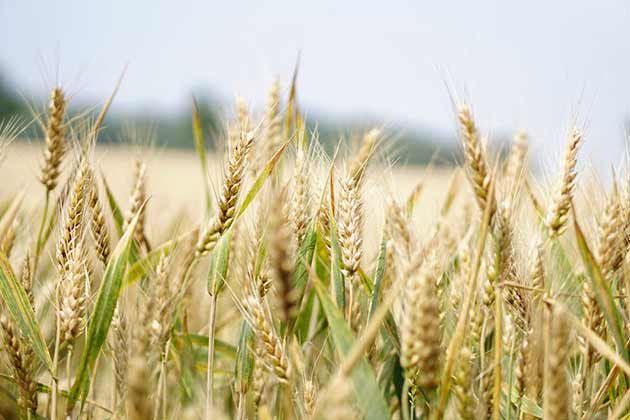
I told you we would come back to the gluten thing. Gluten is found in wheat, rye, and barley. This means that while all foods that contain wheat also contain gluten, not all gluten comes from wheat. There are allergies that can be had to both wheat and gluten, but there is only a gluten intolerance, which is called celiac disease.
Fish
Shellfish
Sesame

Sesame allergies have not received as much attention as other common allergies, but reactions can be just as severe and lead to anaphylaxis. Sesame allergies aren’t limited to foods with sesame seeds but also include foods cooked in sesame oil.
The main problem people with sesame allergies are facing is that the labeling of their allergen is only required in The European Union, Australia, Canada, Israel, and very few other regions.
Gelatin

When you hear that this is an allergy, you might think it would be easy to avoid this kindergarten snack, but gelatin is actually found in a surprising number of things. Some foods that contain gelatin include marshmallows, candy corn, Rice Krispies treats, frosted pop-tarts, and fruit flavored snacks, but the list isn’t limited to just food with this allergy. Gelatin is used as a stabilizer in several different medicines.
Meat
Corn
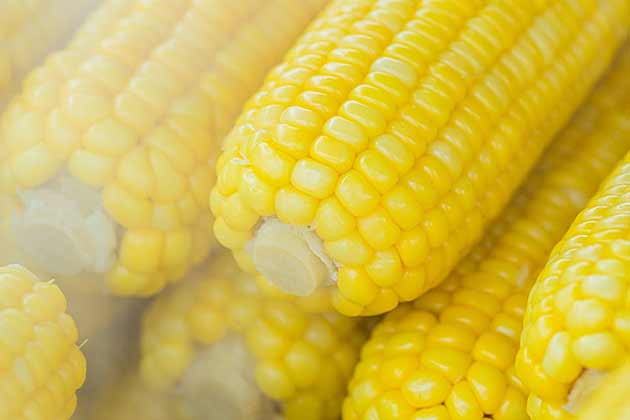
This is another one of those food allergies that sounds simple to avoid, but it doesn’t always work that way. Because corn isn’t a common food allergy, it’s often times not labeled as an allergen and can be found buried deep in the ingredient lists of several products. Even when it’s labeled, it may be under a scientific name, which may not sound like it has anything to do with corn.
Poppy Seeds
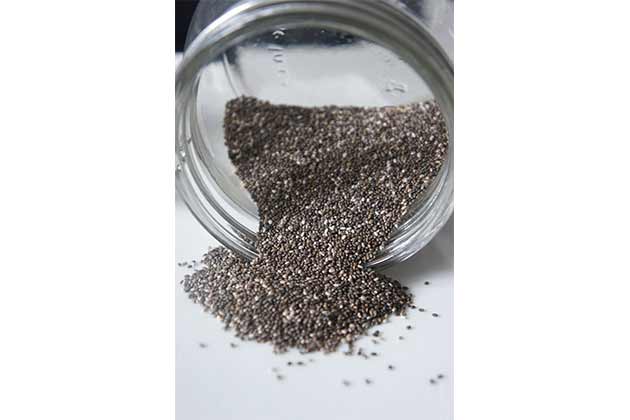
Though poppy seed allergies are considered uncommon, they have been on the rise over the past few years. If you’re allergic to poppy seeds, you’re most likely allergic to other seeds like sunflower, pumpkin, and sesame seeds. It’s quite common for people with a tree-nut allergy to have a seed allergy, as well.
Garlic
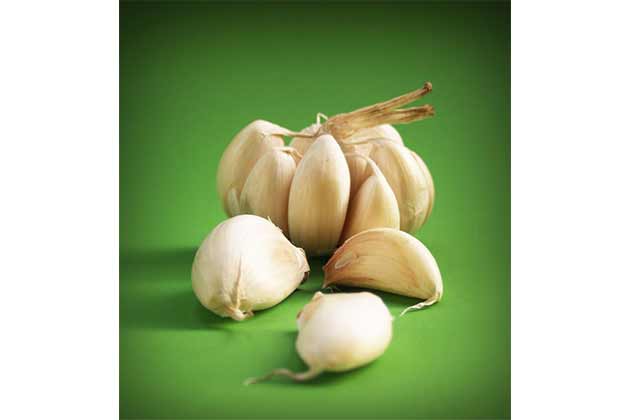
Garlic is a rare food allergy, which in itself has three different varieties. You can be allergic to only raw garlic, only cooked garlic, or to all forms. The reason some forms are okay and others aren’t is because the proteins in garlic form different compounds depending on how it's used. Your body may only have adversity to one form of garlic proteins and not the other.
Coriander
Mustard

Mustard seeds contain healthy minerals, such as iron, zinc, magnesium, phosphorus, and calcium. They’re also a source of omega-3 fatty acids and have antioxidant properties. Historical naturopathic uses include relieving muscle and arthritic pain. While mustard can have health benefits, some people develop an allergic reaction to mustard, and when these allergic reactions occur, they’re almost always severe.
Cinnamon

Cinnamon is a go-to spice for several different types of dishes to add an extra hint of sweetness and texture, but cinnamon is also one of the most common spice allergy triggers. Because cinnamon is such a fine powder, most people who are allergic to it can’t even be near it. One sharp inhale, and their body will react as if it’s under attack.
Hot Peppers

Sugar, spice, and everything not-so-nice. Hot peppers are one of those food items that can either be an allergy or an intolerance. Hot peppers produce salicylates. Salicylates are natural chemicals, which are produced by plants as a defense against environmental stressors like insects and disease. However, it’s very common for people to have an intolerance to these salicylates.
Oats

If you find yourself blotchy or getting a runny nose after eating a bowl of oatmeal, you may be allergic or sensitive to the proteins found in oats called avenin. Avenin is similar to gluten and causes the same allergic reactions.
In order to differentiate the two reactions, ask your doctor to run tests for both an oat and gluten allergy. This way you will be able to determine if oats are completely out of the question or if it is gluten causing the problem. If it is only gluten, there are oatmeals out there that are specifically labeled as gluten-free.
Celery
Rice

Rice is yet another one of those foods where you can have an allergy or an intolerance. The reactions of intolerance are far less severe than those of an allergy but can be very uncomfortable to experience. There are a couple of different things in and on rice which can cause an allergic or intolerant reaction.
The more common cause of a reaction is the pollen that can be found on the rice. Rice is a part of the grass family and yields similar pollen. Oftentimes when someone is allergic to only the pollen found in rice, they can eat most forms of cooked well-rinsed rice. A less common cause of a rice allergy is the proteins found within the rice. People with this allergy most likely cannot consume rice in any form.
Caffeine

Caffeine is a bitter chemical, which is found in a wide variety of beverages, including coffee, soda, tea and energy drinks. It’s a stimulant, meaning it reduces fatigue and increases alertness when consumed. It does so by blocking receptors for adenosine, a neurotransmitter, which regulates the sleep-wake cycle and causes drowsiness. A hypersensitivity to caffeine is most often caused by genetic disposition and can lead to rapid heart rate, anxiety, insomnia, and nervousness.
FD&C Yellow #5
Wine

That’s right. Some people are allergic to wine, but that is only because wine produces sulfites. Sulfites are chemicals that are primarily used as preservatives in foods, drinks, and some medications. They can also be found naturally in some foods like grapes and aged cheeses.
Sulfites are added to foods like dried fruit to delay browning and wine to prevent spoilage caused by bacteria.
Blue Cheese
Mango

Though mango allergies are uncommon, they’re very noticeable when they do occur. A mango-induced rash called contact dermatitis is the most common allergic response. The rash usually involves the lips and the skin around the mouth, but it can affect any area of the body, including the fingers and hands.
Fortunately, most people who experience an allergic reaction to mangoes are only allergic to the skin. So, if you can get someone to peel your mango for you, you still may be able to enjoy this sweet fruit.
Dried Fruit
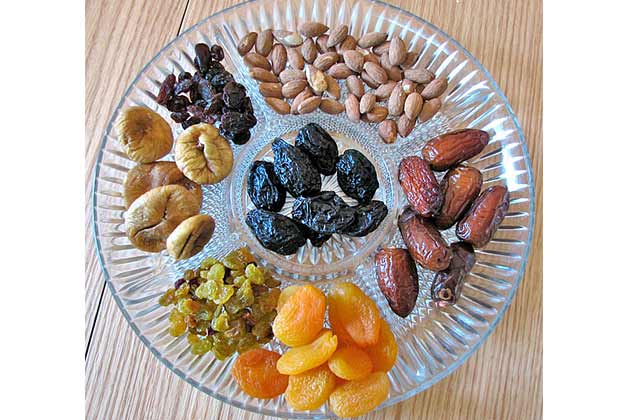
Fructose is a simple sugar, which can be found in fruits and vegetables. The drying of fruits concentrates their natural fructose. In the past several years, there has been a steady rise in the number of people with fructose intolerance. When someone has a fructose intolerance fructose isn’t efficiently absorbed into the blood, which can lead to reflux, nausea, abdominal pain, and vomiting.
Hotdogs

Your favorite cookout item is off the table for people allergic to sodium nitrate. Sodium nitrate is a food preservative used in many foods on the market today. It’s commonly found in processed meat. The benefit of using sodium nitrate is that it can preserve meat color and prevent botulism and overall food spoilage.
Colorful Cereal

Colorful cereals often contain artificial colors and flavors, but even cereals that are trying to switch to all-natural ingredients are faced with the issue of yet another allergen, annatto. Annatto is a yellow-orange food dye, which is made from the seeds of the achiote tree. Annatto can be found in several colorful cereals, cheeses, snack foods, and drinks.
Tomato
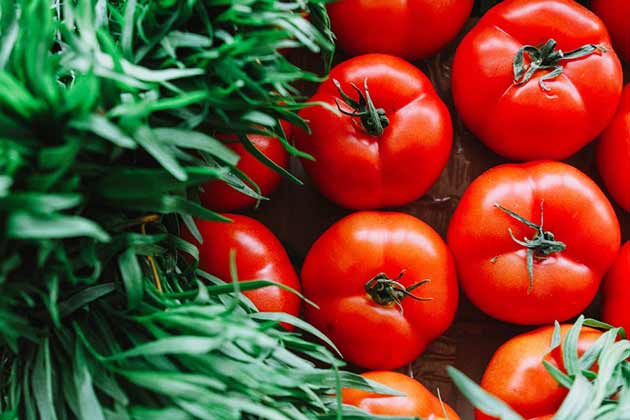
Symptoms of a tomato allergy usually occur shortly after the allergen is consumed. They include skin rash, hives (urticaria), abdominal cramps, and an array of other unpleasant reactions. Though it’s possible an individual who experiences an allergic reaction to tomatoes is allergic to the proteins found within the tomato, it’s more common that they’re allergic to the pollen.
Citrus
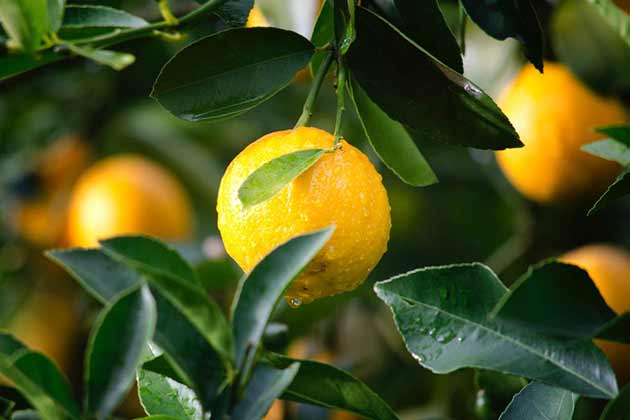
Like most other fruits and vegetables, citrus fruits are known to contain pollen, and the pollen can lead to a cross-reactivity allergic reaction. There is also a possibility that an individual can be allergic to the acid found within citrus fruits. Another possibility is that the reaction is due to Oral Allergy Syndrome.
Apple

Several people who think they’re allergic to most fruits and vegetables may be experiencing Oral Allergy Syndrome (OAS), also known as pollen-food allergy syndrome. This syndrome is due to a “food allergy” caused by uncooked fruits, raw vegetables, spices, and nuts. It’s not an actual food allergy, but instead a reaction to certain foods, which can develop in people with allergies to pollen.
Thankfully, most people with OAS are able to eat cooked or processed versions of the fruits and vegetables which cause them discomfort when uncooked.
Avocado
Chocolate

The subject of chocolate allergy often is debated. The fact that chocolate is typically processed in such a way that it extensively dilutes or removes potentially allergenic proteins indicates that most people won’t be clinically allergic to chocolate. However, studies suggest this may not be the case with gourmet chocolates because they contain more of the whole cacao bean. In reality, it’s much more likely that individuals will be sensitive or allergic to one or more constituents of chocolate, such as milk or nuts.
Red Dye 40

The body's immune system responds to proteins. Artificial additives including Yellow #5 and Red #40 don’t contain protein, so true allergies to synthetic food colorings are fortunately very rare. There are no specific allergy tests for artificial food dyes, and adverse reactions may be described as food intolerances or sensitivities rather than allergies.
Aspartame
Vinegar and Fermented Foods
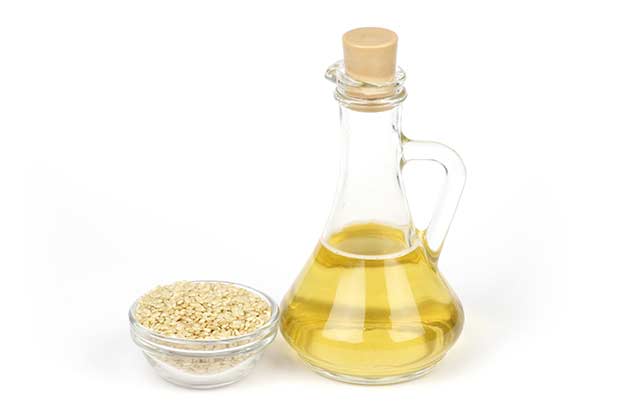
There are a couple of different reasons that someone can be allergic to vinegar. The most common of which is the cross-reactivity. Vinegar bottles are normally stored in the backs of pantries or buried away under the sink because they’re not the most commonly used item in kitchens. These means of storage make a vinegar bottle a bacterial playground for mold to grow and potentially get people with mold allergies sick.
It’s also a possibility that an individual can be allergic to fermented food and have a negative reaction to vinegar. If you have a negative reaction after you eat mayonnaise, mustard, ketchup, salad dressings, pickles, or cheeses, you may just be allergic to fermented foods.
 Author
Maureen Wiley
Last Updated: January 01, 2026
Author
Maureen Wiley
Last Updated: January 01, 2026









